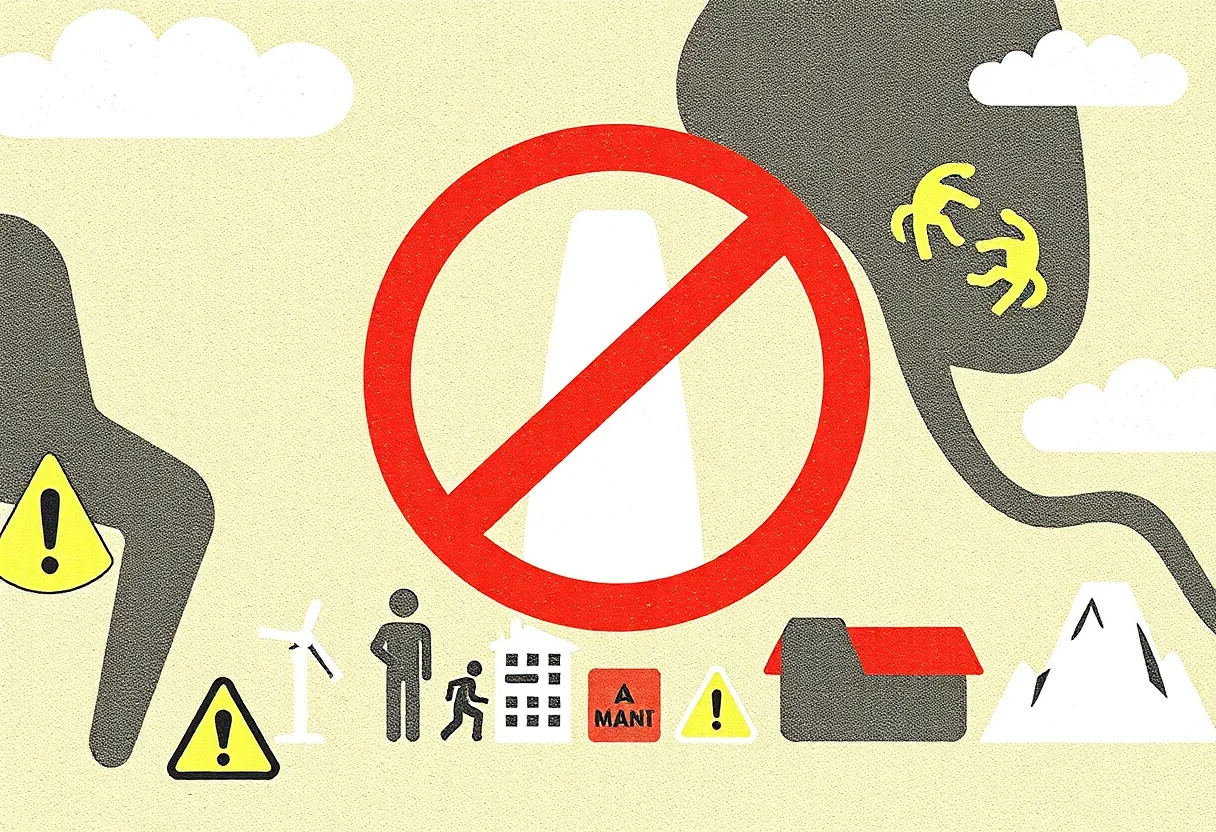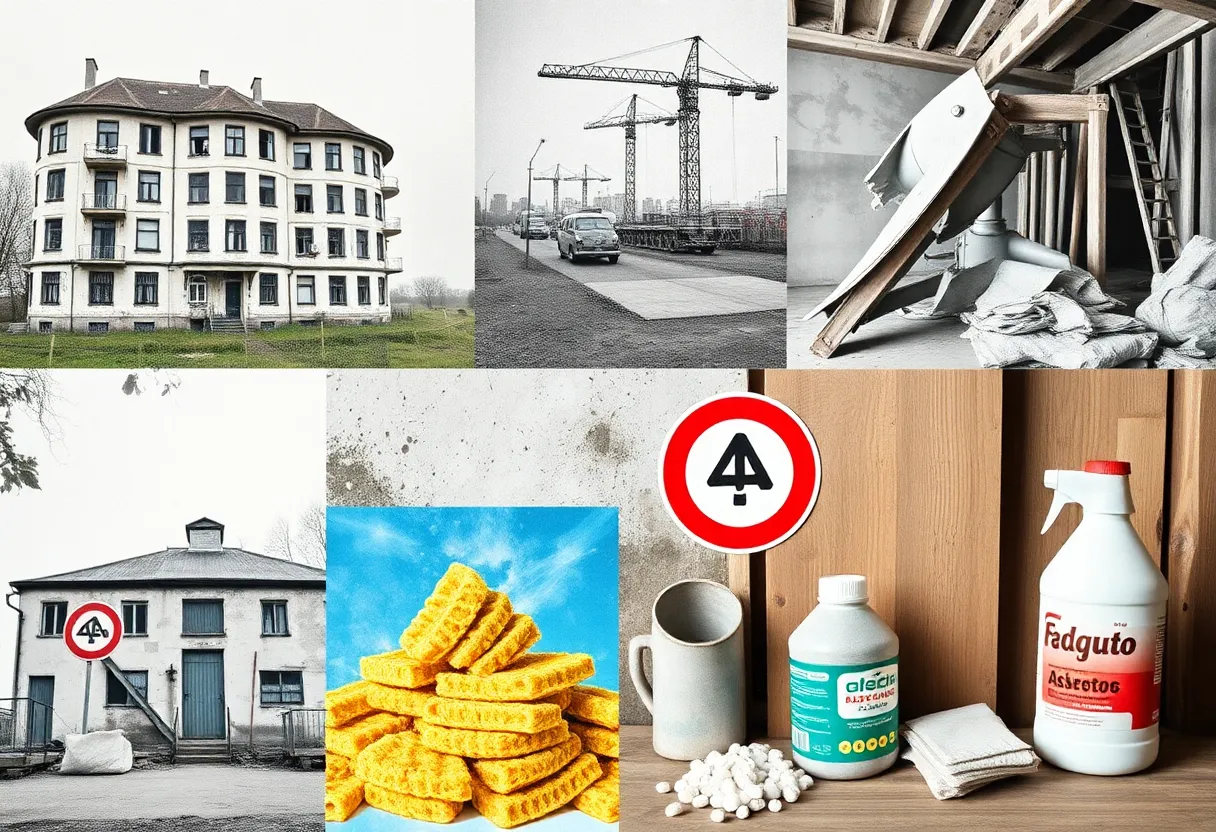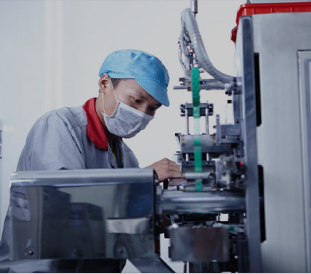News Summary
The U.S. is taking significant steps to ban chrysotile asbestos, addressing its severe health risks and shifting toward safer alternatives.
Asbestos on the Decline: Major Shift in U.S. Policy as Chrysotile Faces Ban
Asbestos—the notorious group of minerals that have been linked to deadly diseases for decades—has been in the spotlight once again. Originally prized for its unique properties, including heat resistance and durability, asbestos was a popular component in construction and manufacturing. However, its devastating health impacts have led to an ongoing debate and regulatory scrutiny, culminating recently in significant policy changes.
The Asbestos Landscape: A Snapshot
Asbestos encompasses six different types, with the most common being chrysotile, amosite, and crocidolite. Chrysotile, often referred to as “white asbestos,” has dominated U.S. consumption, peaking in 1973 with an eye-watering 803,000 tons. By 2024, however, consumption has plummeted to a mere 110 tons, all in the chrysotile form.
This shift can largely be attributed to increasing awareness surrounding health risks associated with asbestos exposure. Despite its popularity, an alarming body of evidence has revealed that all types of asbestos, including chrysotile, pose serious health risks. Traditionally considered the “*safer*” option, this perception is rapidly declining as scientific research mounts.
Why was Chrysotile so Popular?
Chrysotile has unique properties that include long, curly, and pliable fibers, allowing it to be easily blended with materials like cement and plastics. This made it a preferred choice for a variety of applications, from ceiling tiles and dried wall insulation to consumer goods like ironing board covers and oven mitts.
In both commercial and industrial settings, chrysotile was utilized heavily in roofing materials, automotive brake pads, and fireproof fabrics designed for protective equipment. However, this extensive use has come at a dire cost—exposure to asbestos has been firmly linked to mesothelioma and lung cancer.
The Shift Toward Safety
The Environmental Protection Agency (EPA) has finally begun taking decisive action against chrysotile. After a thorough review, the agency confirmed its profound health risks in December 2020, and in March 2024, new regulations were put into action that will effectively eliminate its use across different sectors.
Under these updated EPA regulations, not only is the importation of chrysotile under scrutiny, but existing chrysotile materials in buildings pose ongoing hazards and will continue to be monitored. Reports estimate that asbestos-related diseases result in approximately 40,000 deaths annually in the United States. Given these statistics, it’s no surprise that 68 countries worldwide have already banned chrysotile, marking a significant global shift toward safer alternatives.
Challenges Ahead: The Chlor-Alkali Industry and Beyond
However, the transition away from chrysotile is not without its challenges. The chlor-alkali industry, a primary chlorine source that has historically used asbestos diaphragms, must find alternative materials to comply with the new EPA rules. These changes are essential to safeguard public health while maintaining industry performance.
The phase-out will be gradual, with strict safety measures in place to protect workers and communities affected by chrysotile’s presence. Despite the gradual decline of asbestos usage in the U.S., older homes and buildings still contain remnants of this hazardous material, making it a continuing health threat.
Looking Forward: A Future Free of Asbestos?
The final ban comes after decades of federal inaction, despite clear evidence demonstrating the dangers that asbestos presents. The implications are enormous, paving the way for a health paradigm shift and prompting industries to seek innovative and safe alternatives.
As we step into a chrysotile-free future, continued vigilance and regulation will be vital in ensuring public safety. Those living or working in environments that still harbor asbestos must remain aware of the potential dangers while the nation transitions away from this hazardous material entirely.
Deeper Dive: News & Info About This Topic
HERE Resources
Malignant Mesothelioma Market on the Rise: Growth Trends and Future Prospects
FDA Greenlights Pembrolizumab: A Beacon of Hope for Mesothelioma Patients
Johnson & Johnson’s Bankruptcy Proposal Faces Third Judicial Rejection
Transforming Salem Chapel into a Vibrant Community Space
Family Appeals for Witnesses After Asbestos-Related Death
Reading Rugby Football Club Faces Closure Amid Asbestos Crisis
Regina Road Regeneration: Transforming a Troubled Community
Veteran Railway Engineer Wins Asbestos Injury Claim
Self-Employed Contractor Faces Legal Consequences for Asbestos Violations
Shocking Asbestos Scandal in Stockport: Contractor Endangers Lives



















